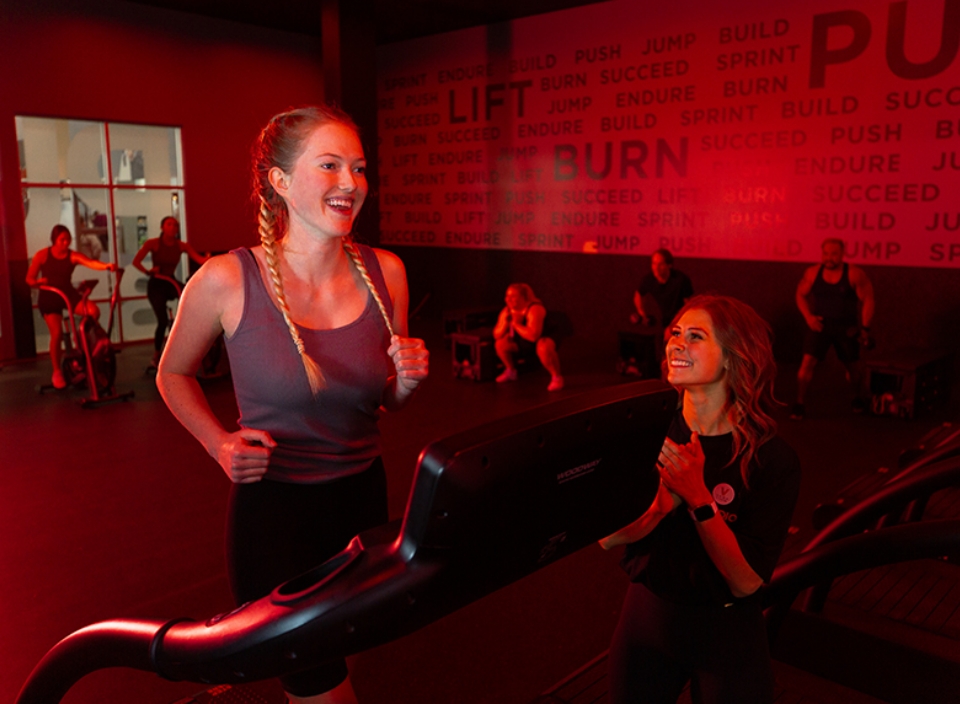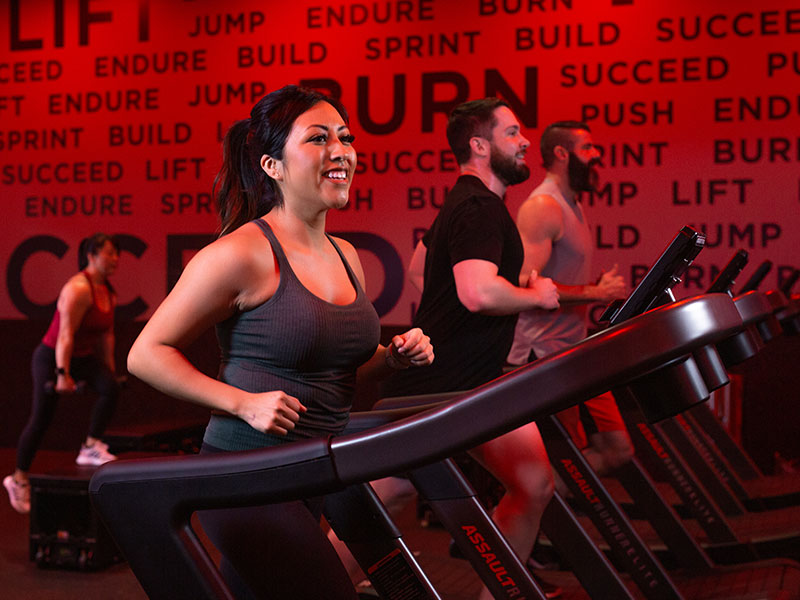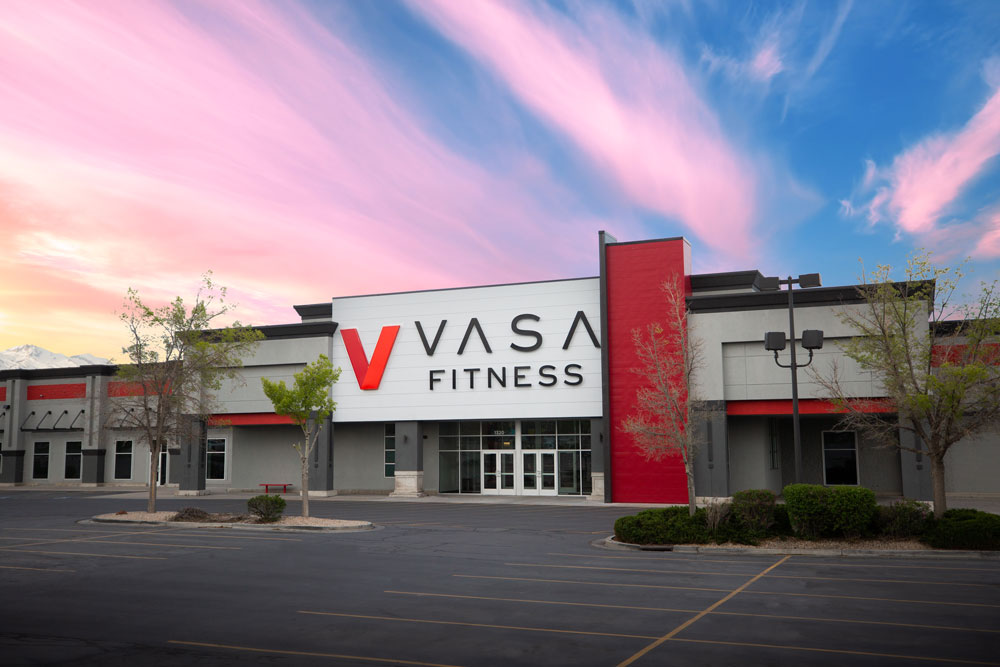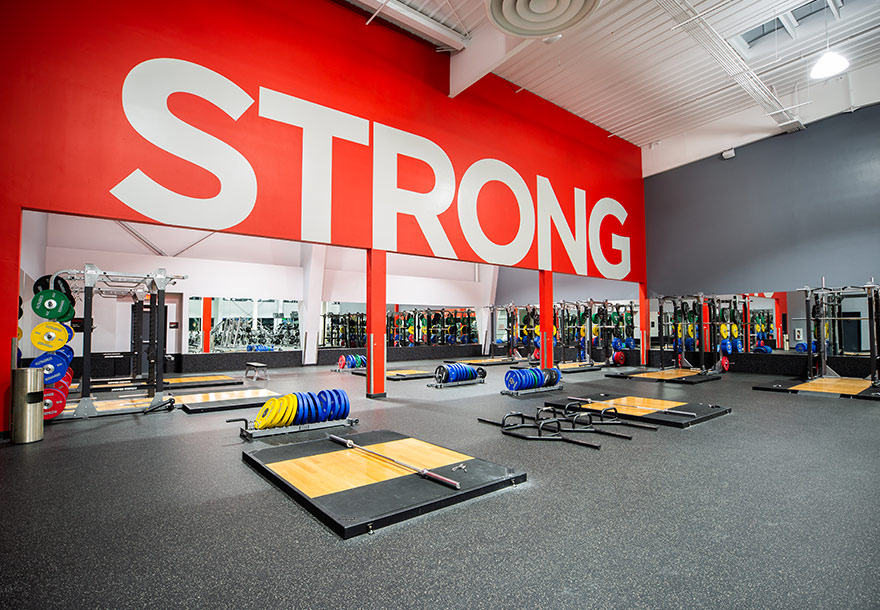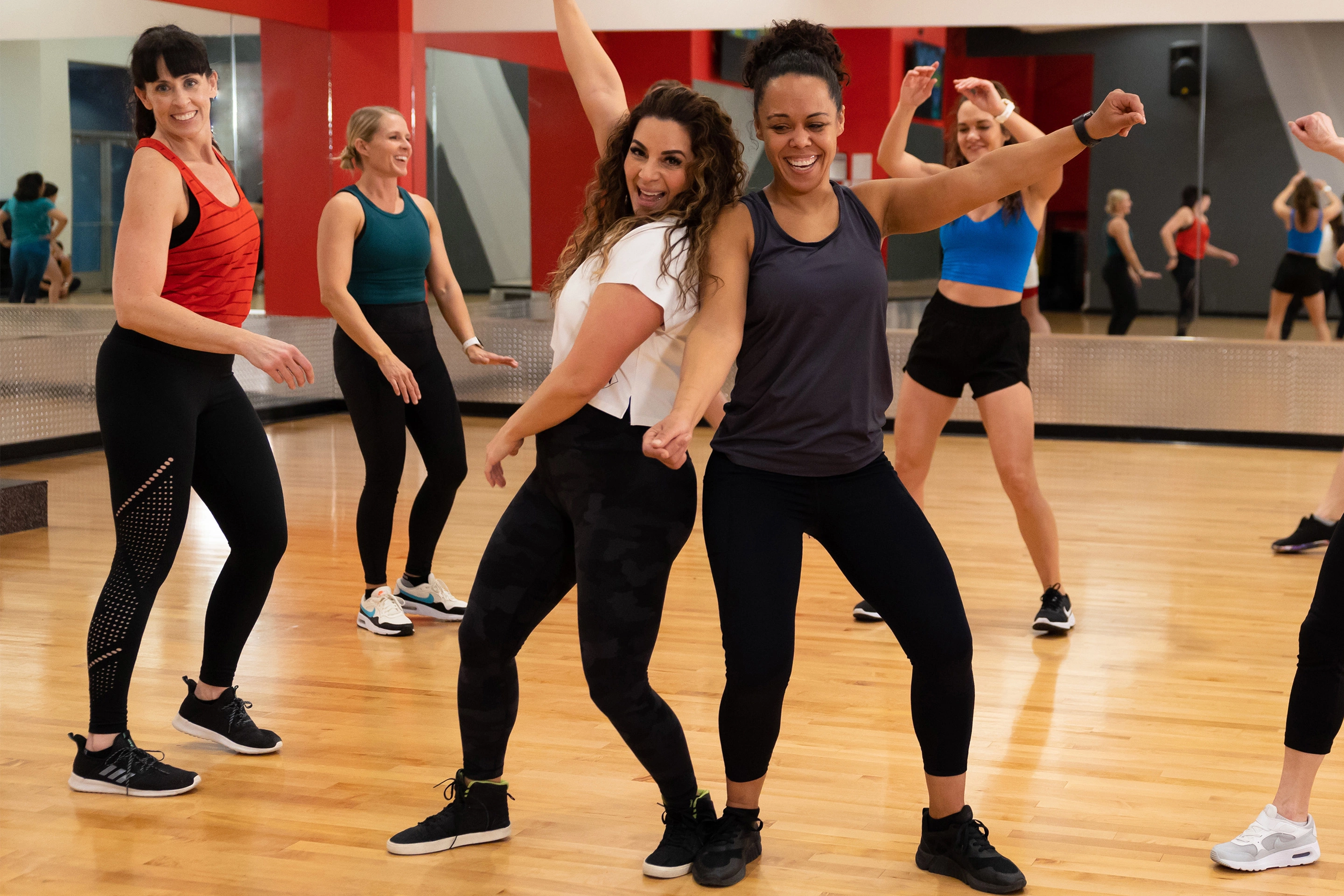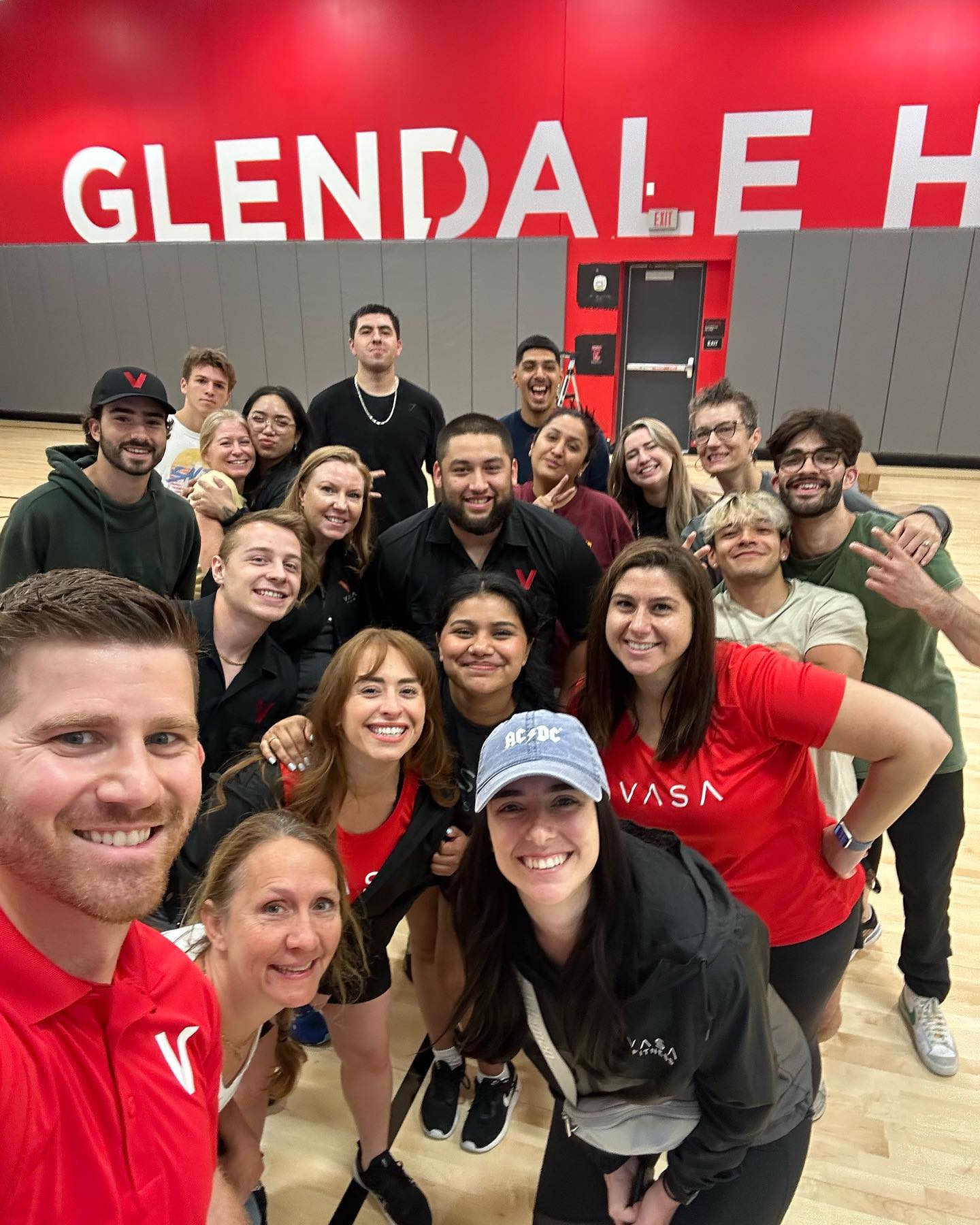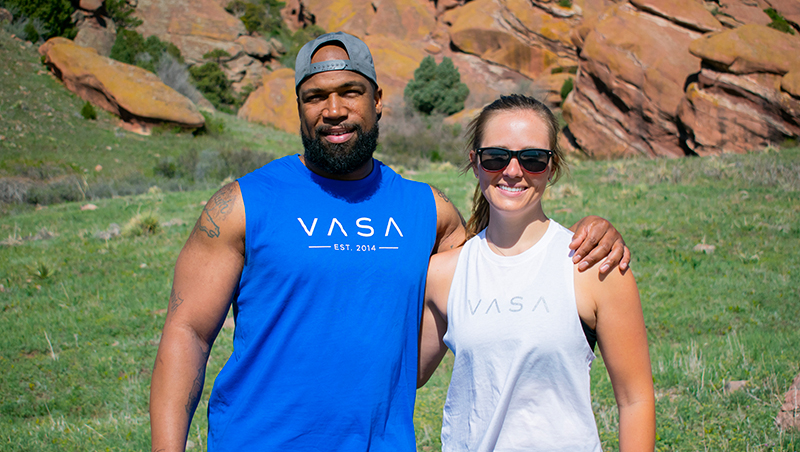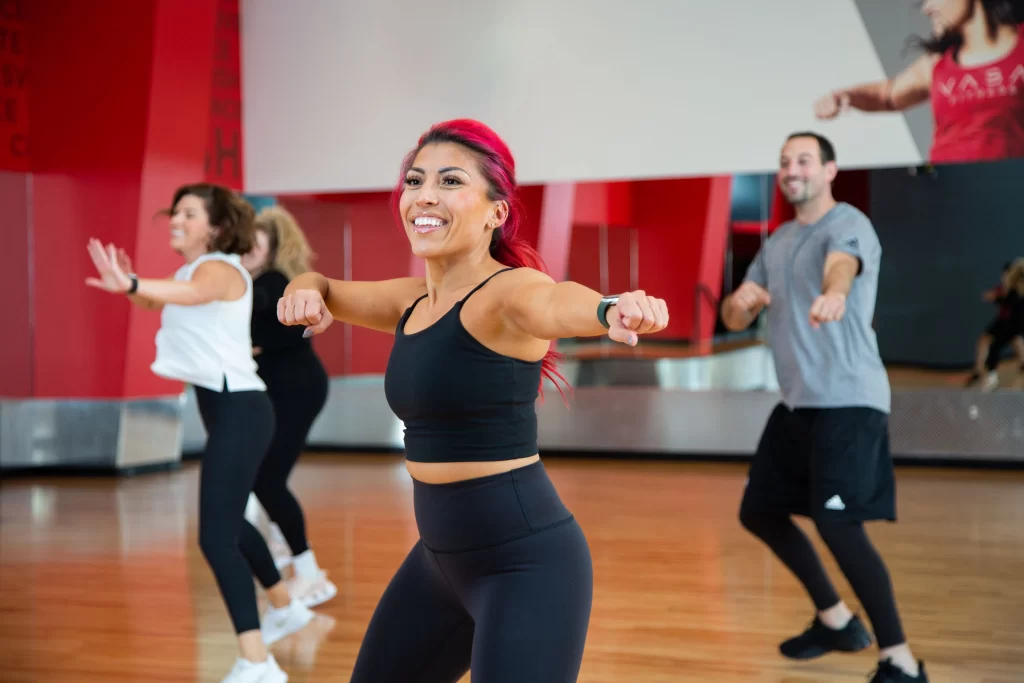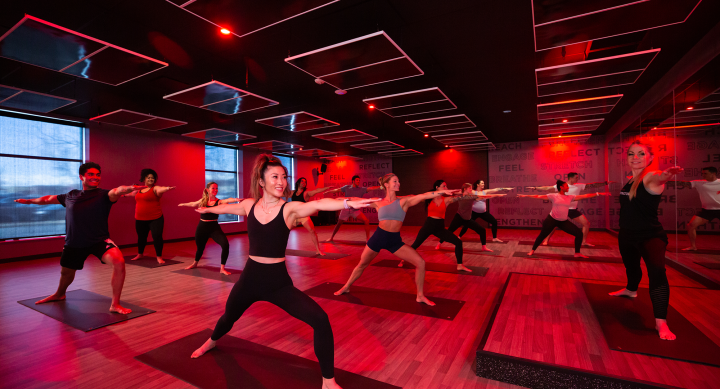How Much Time Should I Spend At The Gym?
Spending time at the gym is one of the most valuable investments you can make for your health. Not only does it help you achieve fitness goals like building muscle, losing weight, and improving overall fitness, but it also equips you with the strength, energy, and confidence to tackle everyday tasks easily.
But here’s the truth: It’s not just about how long you spend at the gym but how effectively you use that time. Whether aiming for short, high-intensity workouts or longer, focused strength training sessions, the key to success lies in aligning your gym sessions with your goals and maintaining a balance between effort and recovery.
Let’s dive deeper into how to find your ideal workout schedule, including workout duration, building an efficient routine, and staying consistent for long-term success.
Several factors come into play when deciding how much time to spend at the gym and what your fitness routine should look like. Each person’s fitness journey is unique, so understanding your needs can help maximize your gym sessions.
1. YOUR FITNESS GOALS:
Are you working toward weight loss, muscle growth, or improving endurance? Different goals require different approaches:
- Weight loss: Combine calorie-burning activities like cardio or HIIT with strength training to maximize efficiency and both short- and long-term calorie burn.
- Gain Muscle: Strength training focusing on progressive overload is key for building muscle mass.
- Overall fitness: A balanced cardio, strength training, and flexibility exercise routine will improve all aspects of physical fitness.
2. YOUR FITNESS LEVELS:
Whether you’re a beginner or a seasoned gym-goer greatly impacts how much time and energy you can dedicate to your workouts.
- Beginners benefit from shorter, low-intensity sessions as they build stamina and learn proper techniques.
- Intermediate and advanced individuals can handle longer, more challenging workouts tailored to their fitness goals.
3. YOUR SCHEDULE:
Life can get busy, and your workout duration should fit seamlessly into your day. If you’re short on time, consider efficient, high-impact workouts like HIIT. For more flexible people, longer gym sessions allow for more variety and rest between exercises.
Here’s a practical guide based on fitness levels:
FOR BEGINNERS
- Duration: 30–45 minutes per session
- Frequency: 2–3 times per week
- Focus: Learn the basics of strength training, compound exercises, and light cardio. Keep intensity moderate and prioritize proper form.
FOR INTERMEDIATE GYM-GOERS
- Duration: 45–60 minutes per session
- Frequency: 3–4 times per week
- Focus: Balance strength training and cardio while gradually increasing weight or resistance. Add more challenging exercises like deadlifts or bench presses.
FOR ADVANCED GYM-GOERS
- Duration: 60–90 minutes per session
- Frequency: 4–5 times per week
- Focus: Specialize your routine with training splits, heavier weights, and advanced techniques like supersets or drop sets. Pay close attention to recovery and nutrition to support intense workouts.
WHAT IS HIIT
High-Intensity Interval Training (HIIT) alternates between short bursts of intense effort and brief rest periods. These workouts are perfect for those who want maximum results in minimal time.
WHY YOU SHOULD ADD HIIT TO YOUR ROUTINE
Burns calories fast: HIIT is one of the most effective ways to burn calories, even after your workout.
Improves cardiovascular fitness: It strengthens your heart and increases endurance.
Time-saving: A 15–30-minute HIIT session can deliver the same benefits as longer, moderate-intensity cardio.
HOW TO START HIIT
Begin with simple moves like squats, mountain climbers, or jumping jacks. Try this format:
- Work hard for 20 seconds.
- Rest for 40 seconds.
- Repeat for 15–20 minutes.
- As you progress, reduce your rest time or incorporate more challenging exercises like burpees or kettlebell swings.
WHAT IS STRENGTH TRAINING?
Strength training includes exercises that challenge your muscles, such as weightlifting, bodyweight exercises, or resistance band workouts.
BENEFITS OF STRENGTH TRAINING
- Builds muscle: Strong muscles support better posture and make daily tasks easier.
- Boosts metabolism: Muscle burns more calories at rest, even when you’re not working out.
- Strengthens bones: Strength training improves bone density, reducing the risk of fractures and osteoporosis.
HOW TO GET STARTED
- Focus on compound exercises targeting multiple muscle groups simultaneously, such as squats, deadlifts, and bench presses.
- Start with 2–3 sets of 8–12 repetitions using light weights or just your body weight. Gradually increase weight or resistance as you gain strength.
- For best results, vary your routine every 6–8 weeks to keep your body challenged and avoid plateaus.
WHAT IS RECOVERY?
Recovery involves low-intensity activities like yoga, stretching, or walking, allowing your body to heal and recharge. It’s a vital part of any workout routine.
WHY RECOVERY MATTERS
- Prevents injuries: Regular recovery reduces the risk of overuse injuries.
- Promotes muscle growth: Your muscles repair and grow during rest, not during exercise.
- Improves mental health: Slower-paced recovery activities can reduce stress and improve focus.
HOW TO INCORPORATE RECOVERY
Plan 1–2 weekly rest days depending on your intensity level and fitness goals.
On recovery days, skip the couch and try gentle yoga, foam rolling, or a leisurely walk. Pair recovery with a protein-rich diet to aid muscle repair.
A balanced routine combines HIIT, strength training, and recovery to energize and motivate you.
SAMPLE WEEKLY WORKOUT PLAN FOR BEGINNERS
- Day 1: Strength training (30 minutes, focus on form)
- Day 2: Recovery (light yoga or stretching)
- Day 3: HIIT (20 minutes)
- Day 4: Rest
- Day 5: Strength training (30 minutes, bodyweight exercises)
SAMPLE WEEKLY WORKOUT PLAN FOR INTERMEDIATE LEVELS
- Day 1: Strength training (45 minutes, compound exercises)
- Day 2: Recovery (foam rolling or light yoga)
- Day 3: HIIT (30 minutes)
- Day 4: Strength training (45 minutes, focus on lower body)
- Day 5: Rest
SAMPLE WEEKLY WORKOUT PLAN FOR ADVANCED LEVELS
- Day 1: Strength training (60–90 minutes, focus on upper body)
- Day 2: HIIT (30 minutes)
- Day 3: Recovery (gentle yoga or walking)
- Day 4: Strength training (60–90 minutes, focus on lower body)
- Day 5: HIIT (20–30 minutes)
- Day 6: Strength training (60 minutes, full body)
- Day 7: Rest
- Warm up properly: Spend 5–10 minutes warming up to prepare your muscles and prevent injuries.
- Focus on quality over quantity: Effective workouts aren’t about how long you spend at the gym but about how focused and consistent you are.
- Track your progress: Keep a journal of your exercises, weights, and reps to stay motivated and see your improvement.
- Mix things up: Change your routine every few weeks to keep it exciting and avoid hitting plateaus.
- Listen to your body: Take rest days when needed, and don’t push through pain. Proper recovery is as important as exercise.
Burnout and plateaus are common challenges for gym-goers. Here’s how to stay on track:
- Vary your routine: Incorporate new exercises, classes, or workout styles to stay motivated.
- Prioritize rest: Overtraining can lead to exhaustion and injury. Rest is crucial for long-term success.
- Stay focused on goals: Set small, achievable milestones and celebrate your progress.
So, how long should you spend at the gym? The answer depends on your goals, fitness level, and schedule. A balanced routine incorporating strength training, HIIT, and recovery is key to maximizing results and staying consistent.
By focusing on quality, listening to your body, and maintaining variety, you’ll build a routine that supports your long-term fitness journey. Whether you’re working to lose weight, build muscle, or improve overall fitness, your time at the gym is an investment in a healthier, happier you.
RECOMMENDED
SUBSCRIBE TO OUR BLOG
Enter your email to start receiving our blog emails!
